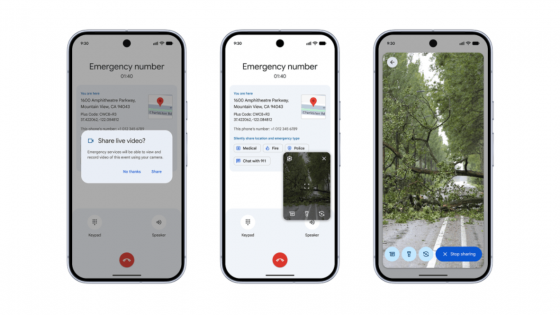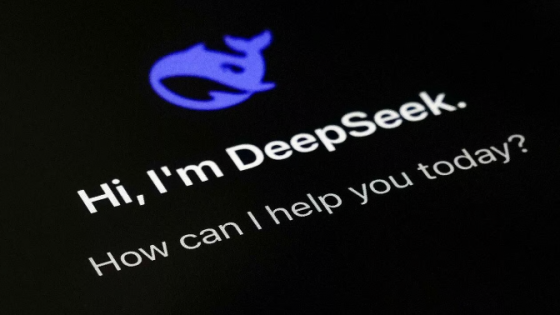Almost three quarters of young people have encountered untrue or dubious information or content on the Internet

More than half of the elderly used the Internet several times a day
In the 1st quarter of this year, 90 % persons (in 2022: 89 %) aged 16-74 used the Internet, 87 % every day or almost every day (in 2022: 86 %) and 85 % several times a day. The majority of the latter were among young people or 16-24-year-olds (99 %), and the least in the 65-74 age group (55 %; in 2022: 51 %). 8 % inhabitants have never used the Internet (in 2022: 9 %).
A smartphone was most often used to access the Internet (87 %) - among all persons aged 16-34 and 56 % in the 65-74 age group (in 2021: 49 %). 47 % residents accessed the Internet via a laptop computer, 35 % via a desktop computer, 18 % via a tablet and the same number via other devices, e.g. smart TV, smart speaker, game console or e-reader.
94 % households with at least one resident had access to the Internet from home (in 2022: 93 %).
77 % of the population used the Internet to find information about goods or services, 69 % to read online news, newspapers or magazines, 63 % of them used online social media such as Facebook, Snapchat, Instagram and TikTok, and 61 % e-services banking. A fifth (20 %) posted or liked opinions on social or political topics.
57 % residents made a call or video call via programs such as Skype, Zoom and Viber, and 51 % searched for health information on the Internet. Compared to 2021, when the covid-19 epidemic was declared, both shares decreased.
More than half of the population saw untrue or dubious information or content
53 % inhabitants (or about 826,820) have seen untrue or dubious information or content on news websites or social media, e.g. text, video, image. Among young people, 73 % encountered such information or content.
Of those who noticed untrue or dubious information or content, 36 % (that's about 295,450 people) verified its reality. Most of them were among young people (50 %), and the least among 55-64-year-olds (23 %).
The truth of the false information or content was verified in different ways (several answers were possible). Most of them, 78 %, checked data sources or looked for other information, e.g. on another news website or Wikipedia. 38 % of them used other, non-online data sources or discussed the information with other persons, but not via the Internet, 34 % of them followed or participated in a discussion about the veracity of such information on the Internet.
The remaining 64 % residents (or around 531,370) who saw false or dubious information or content on news websites or social media, did not verify its veracity. The reasons for this were varied (several answers were possible). Almost half of them already knew that the information, content or source was unreliable (71 %), 16 % did not have adequate knowledge (e.g. they did not know how to check the information, or it was too demanding for them), 21 % however, their authenticity was not verified for other reasons.
Individuals are most often the target of hateful or demeaning messages on the Internet because of their political or social beliefs
False information and hate speech have become part of online content and social media. In the 1st quarter of this year, 44 % residents noticed hateful or humiliating messages on the Internet towards certain groups or individuals, e.g. in social media, blogs, videos, news websites (including comment sections). The share of such was the largest in the age groups 25–34 years (57 %) and 16–24 years (53 %), and the smallest in the 65–74 year group (26 %).
Among those who encountered the aforementioned hateful messages, most noted that individuals or groups were targeted because of their political or social beliefs (81 %). Almost half (45 %) felt they were targeted because of their sexual orientation (LGBTIQ+), 43 % because of their race or ethnic origin, and 42 % because of their religious beliefs.





























